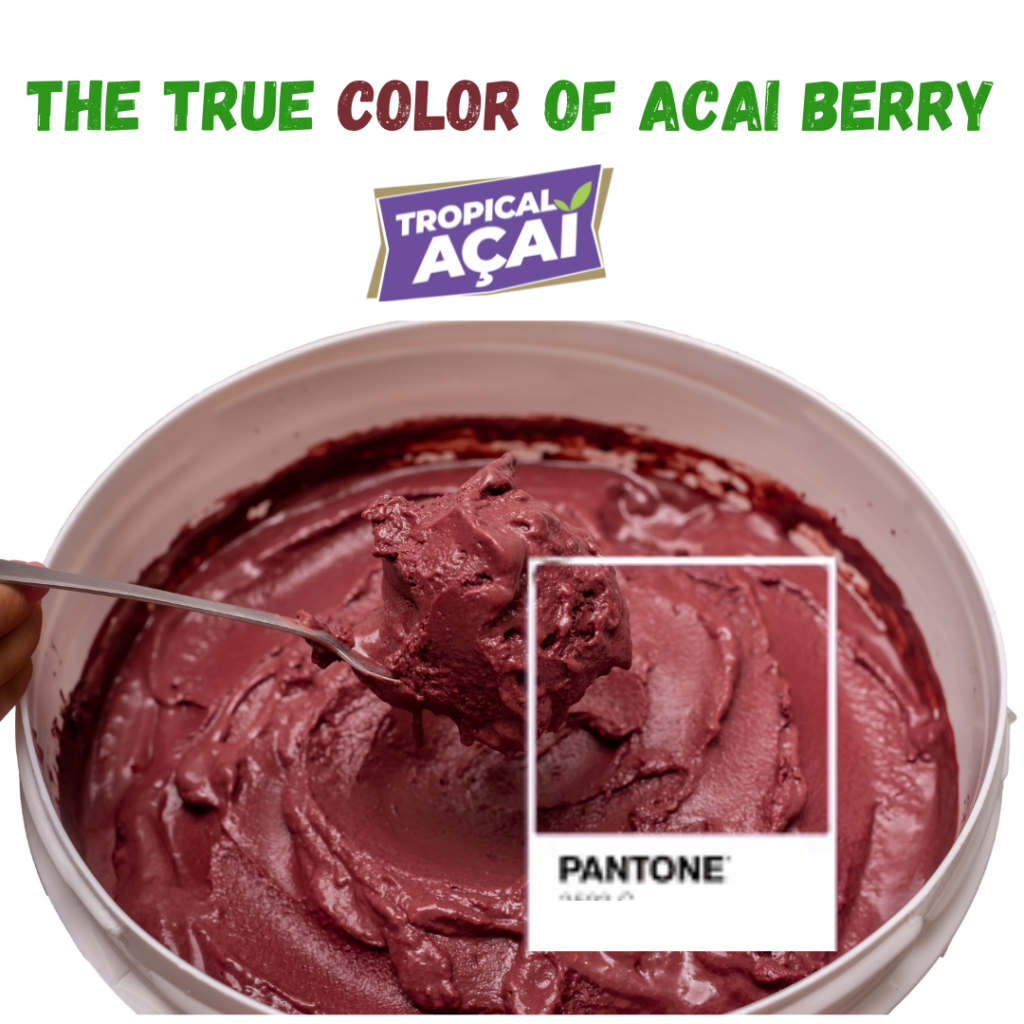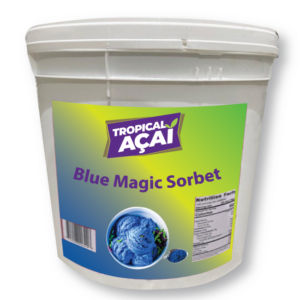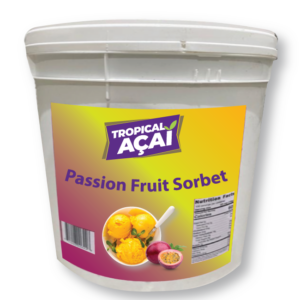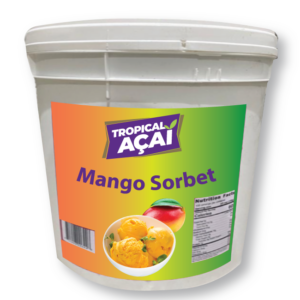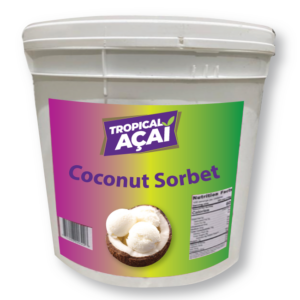Introduction: The Alarming Reality of Acai Color Deception
The Dark Side of Acai’s Color: The Unspoken Crisis
An existential crisis looms over Acai berries. This crisis isn’t related to their survival. Instead, it concerns their true identity. The “genuine acai color” is under threat. Many companies mask the natural hue with artificial colors. These tactics betray consumers. Moreover, they rob people of their chance to relish the authentic color of Acai.
In the wake of this deceit, the entire industry suffers. The reputation of genuine Acai berries is at stake. Innocent consumers are left wondering whether they’re buying authentic Acai or not. This crisis calls for immediate attention. Consumers deserve to experience the true acai color without any manipulation.
When Trust is Betrayed: The Story of Commercial Acai’s Unnatural Tones
Unfortunately, commercial Acai is now a symbol of mistrust. The reason? Companies frequently tamper with the natural Acai color. They aim to make their products more appealing. Consumers, in turn, end up doubting the Acai products they buy. This deception has led to a trust deficit in the Acai market.
The deception goes beyond the mere use of color enhancers. It extends to the marketing tactics used by these companies. They tout their products as ‘all-natural’ while conveniently hiding the fact about color enhancement. This deceptive play leaves consumers at a loss. They are robbed of their right to know the truth about the products they consume.
Color-Enhanced Acai: A Growing Nightmare
Color enhancement of Acai is fast becoming a widespread concern. It’s not just limited to a few rogue companies. The problem is systemic. The scale of the issue is alarming and goes far beyond the obvious breach of trust.
The enhancement isn’t merely a cosmetic issue. It’s a health concern. The artificial colors used in these enhancements can have harmful effects. Unfortunately, unaware of these dangers, consumers continue to consume these products. As a result, they unknowingly expose themselves to potential health risks.
The Authentic Color of Native Acai: A Tropical Treasure Under Threat
Acai’s Natural Color Journey: A Beautiful Process Betrayed
Acai berries’ color is not just an aesthetic attribute. It’s a testament to nature’s brilliance. Their natural color varies from dark purple to green, depending on maturity. Each hue is a result of complex biological processes. It reflects the berry’s nutritional profile. When we talk about “true acai color,” it’s this natural hue that we refer to.
Unfortunately, commercial practices today have little respect for this natural process. Many companies manipulate this color journey. They use artificial enhancers to make the berries appear darker and supposedly more appealing. In doing so, they betray not just the consumer but also the essence of Acai itself.
Corruption of Tradition: The Assault on Acai’s Authentic Harvesting
Traditionally, Acai harvesting respects the natural maturation process. Harvesters handpick each berry at the right stage of maturity. This meticulous process ensures that the berries retain their natural color. It’s a labor of love, preserving the “true acai color” that consumers appreciate.
Yet, modern commercial practices are fast replacing these traditions. Machines and chemicals are used for mass harvesting and processing. This assault on traditional methods leads to the loss of natural acai color. It’s an alarming trend threatening to erase an essential aspect of Acai’s identity.
The Fading Quality Indicator: The Scary Implications of Acai’s Unnatural Colors
Acai’s natural color is more than just appealing. It’s a quality indicator. A berry’s color can tell a lot about its nutritional value. Dark purple signifies a high concentration of anthocyanins, potent antioxidants. Green denotes that the berry is yet to reach full maturity.
With color-enhanced Acai, this quality indicator is lost. Consumers can no longer trust the color of the Acai they buy. This scenario is disturbing. It undermines the nutritional benefits of consuming Acai. Consumers are left vulnerable to marketing ploys, deprived of the power to make informed choices.
Acai Industry’s Dark Secret: The Unchecked Spread of Color-Enhancement
Industrial Tricks: Unnatural Tampering with Acai’s Authentic Appeal
The Acai industry has a dark secret – the widespread use of color enhancement. This industrial trick involves tampering with the berry’s natural hue. The goal is simple. By enhancing the color, companies make their products look more attractive. They lure consumers into buying their artificially-colored berries, robbing them of the experience of the “genuine acai color.”
However, this practice is not only deceitful but also harmful. Artificial colorants often contain chemicals that can have adverse health effects. In addition, the continuous consumption of such products can lead to long-term health issues. Despite these risks, the practice continues unchecked. It’s a worrying trend that threatens to tarnish the entire industry’s reputation.
Unveiling the Hazardous Culprits: Coloring Agents that Taint Acai
Artificial coloring agents are the primary culprits behind Acai’s unnatural colors. These agents are synthetic compounds. They give Acai an artificially dark hue. Common colorants include Red 40, Blue 1, and Yellow 5. These names may sound innocuous, but their impact on health is anything but harmless.
Studies have linked these agents to several health issues. These include allergies, hyperactivity, and even increased cancer risk. Unfortunately, the sad truth is consumers unknowingly consume these harmful agents. They believe they’re enjoying the “true acai color.” Instead, they’re drinking a chemically-altered product that can harm their health.
Profits Above Health: The Ruthless Business Strategy Behind Acai Color Enhancement
The underlying motive behind color enhancement is clear – profits. Companies prioritize their financial gain over consumer health. Therefore, they choose to enhance the color of their Acai products. Why? Because a darker color often sells better. Consumers associate it with better taste and higher nutritional content.
This ruthless business strategy exploits consumer perception. It neglects the potential health risks of artificial colorants. Such unethical practices undermine consumer trust and put their health at risk. It’s a stark reminder of the need for stricter regulations in the industry.
Health at Risk: The Shocking Dangers of Consuming Color-Enhanced Acai
Color-enhanced Acai poses serious health risks. As mentioned earlier, artificial colorants can lead to numerous health issues. Continuous consumption can expose consumers to these risks. What’s worse is that these risks are often downplayed or entirely ignored.
Consumers unknowingly consume these harmful products. They are under the impression that they are enjoying the benefits of Acai. Little do they know that they are ingesting potentially harmful chemicals. This situation highlights the importance of transparency and accurate labeling in the Acai industry.
Tropical Acai LLC: Upholding Acai’s Authenticity Amidst the Color Deception
Unmasking the True Hero: Tropical Acai LLC’s Commitment to Genuine Acai Color
Amid this color deception, one company stands tall – Tropical Acai LLC. This company is committed to maintaining the “true acai color.” They refuse to succumb to the pressures of commercial appeal. Their commitment to authenticity has set them apart from their competitors.
Tropical Acai LLC embraces the natural color journey of Acai. They believe the natural acai color is a testament to the berry’s nutritional richness. This commitment reflects in their harvesting and processing methods. They adhere to traditional methods to preserve the natural color of Acai.
No Compromise on Tradition: Tropical Acai LLC’s Ethical Harvesting Practices
Tropical Acai LLC firmly believes in the value of tradition. Therefore, they reject the use of machines and chemicals in harvesting. Instead, they handpick each Acai berry at the peak of its maturity. This practice ensures that the berries retain their “true acai color.” It’s a labor of love, reflecting their commitment to authenticity.
This traditional approach goes beyond preserving the color of Acai. It also reflects Tropical Acai LLC’s commitment to sustainability. They ensure that their harvesting practices cause minimal disruption to the ecosystem. This eco-friendly approach further enhances their credibility as a trustworthy Acai supplier.
Nature’s Color Palette: Tropical Acai LLC’s Respect for Acai’s Natural Hues
Tropical Acai LLC respects the natural color palette of Acai. They refuse to alter the berry’s natural hues. They believe that each shade of Acai reflects its nutritional richness. This belief underpins their commitment to delivering Acai products with their natural color.
To Tropical Acai LLC, the “true acai color” is not just about the appeal. It’s a promise of quality. As a result, their customers can trust that they’re getting Acai products with unadulterated nutritional value. It promises to help Tropical Acai LLC earn the trust of discerning consumers worldwide.
Championing Consumer Health: Tropical Acai LLC’s Stand Against Artificial Coloring
Tropical Acai LLC is a strong advocate for consumer health. They reject the use of artificial color enhancers. However, their commitment goes beyond just their products. They actively campaign against the use of artificial colors in the Acai industry.
Their stand against artificial coloring reflects their consumer-centric approach. They prioritize the health of their consumers over profits. This bold stand is a beacon of hope in an industry marred by color deception.
Conclusion: Time for Action: Stand Against Color-Enhanced Acai
Raising the Bar: The Urgent Need for Industry-wide Change
The manipulation of the “genuine acai color” has to stop. It’s a deceptive practice that is damaging the reputation of Acai. Consumers have a right to enjoy Acai in its authentic, unadulterated form. The industry needs to acknowledge this right. It’s time to raise the bar.
Companies need to follow Tropical Acai LLC’s example. They need to commit to preserving the “true acai color.” They need to reject the use of artificial color enhancers. It’s not just about ethical business practices. It’s about respecting consumer health and trust.
Calling for Transparency: The Role of Regulations and Accurate Labeling
Transparency is crucial in addressing the issue of color-enhanced Acai. Regulations need to be stricter. Companies should be required to disclose any color enhancement on their product labels. Consumers should be able to make informed decisions about the products they buy.
Accurate labeling is a step in the right direction. It empowers consumers. It allows them to choose products that align with their health and ethical beliefs. It’s a simple yet powerful tool that can help curb the spread of color-enhanced Acai.
Strengthening Consumer Awareness: The Power of Informed Choices
Consumer awareness can be a game-changer. First, consumers need to be aware of the dark side of color-enhanced Acai. Next, they need to understand the health risks associated with artificial colorants. Only then can they make informed choices.
Empowered consumers can drive change. They can reject color-enhanced Acai. They can support companies that uphold the “true acai color.” Consumer awareness, combined with industry change, can end the color deception in the Acai industry.
FAQs
What is the actual color of Acai?
The natural color of Acai berries varies between shades of dark purple and green, depending on their stage of maturity. Mature Acai berries usually exhibit a deep purple color, indicating their rich anthocyanin content. However, immature Acai berries tend to be green. Therefore, any variation from these natural hues is likely due to color enhancement.
Why do companies enhance the color of Acai?
Companies often enhance the color of Acai for commercial appeal. Consumers perceive a darker hue as a sign of higher nutritional value and superior taste. As such, by artificially enhancing the color, companies aim to make their products more attractive to buyers, thereby increasing their sales.
What are the health risks associated with color-enhanced Acai?
Color-enhanced Acai berries often contain artificial colorants, which can pose significant health risks. These synthetic compounds, such as Red 40, Blue 1, and Yellow 5, have been linked to numerous health issues, including allergies, hyperactivity, and an increased risk of cancer. Continuous consumption of such products can expose consumers to these health risks.
How does Tropical Acai LLC ensure the preservation of the natural Acai color?
Tropical Acai LLC ensures preserving the “true acai color” through ethical harvesting and processing methods. They handpick each Acai berry at the peak of its maturity, which helps maintain its natural color. They also avoid using artificial enhancers during processing, ensuring their Acai products retain their natural hues.
What can consumers do to avoid color-enhanced Acai?
Consumers can avoid color-enhanced Acai by making informed choices. First, it’s crucial to research brands and their practices before purchasing. Choosing brands like Tropical Acai LLC, which commit to preserving the “genuine acai color,” is a positive step. Reading product labels carefully for any mention of color enhancement or artificial colorants is also essential.
How can I tell if the Acai I buy is color-enhanced?
Distinguishing color-enhanced Acai can be challenging but not impossible. For example, if the Acai berries are unnaturally dark, they might be color-enhanced. You can also read the product labels. Any mention of artificial colors or enhancers should raise a red flag. Finally, researching the company’s practices can provide insights into whether they use color enhancement.
What is the role of regulations in addressing the issue of color-enhanced Acai?
Regulations play a crucial role in curbing the issue of color-enhanced Acai. Stricter regulations can mandate companies to disclose color enhancements on their product labels. This transparency allows consumers to make informed decisions and avoid artificially-colored Acai. Regulatory bodies should actively monitor and enforce these regulations to ensure compliance.
Why is accurate labeling important in the Acai industry?
Accurate labeling is vital in the Acai industry as it ensures transparency. Labels should indicate whether the Acai is color-enhanced or contains artificial colorants. This information empowers consumers, enabling them to make informed decisions about their purchases based on their health preferences and ethical beliefs.
How does the color of Acai reflect its nutritional value?
The color of Acai is an indicator of its nutritional value. Acai berries with a dark purple color are mature and have a high concentration of anthocyanins, potent antioxidants beneficial for health. Conversely, green Acai berries are yet to mature fully, and their nutritional content is lower. Artificially-colored Acai, however, may not offer the same nutritional benefits.
What is the link between Acai’s color and its taste?
The color of Acai is often linked to its taste. For example, mature Acai berries with a dark purple color have a rich, slightly tart flavor profile with undertones of chocolate and berries. In contrast, green, immature Acai berries may taste more bitter and less flavorful. However, artificially enhancing the color of Acai does not improve its taste. As a result, consumers might be misled to think they’re getting a superior taste with darker-colored Acai when, in reality, they are not.

